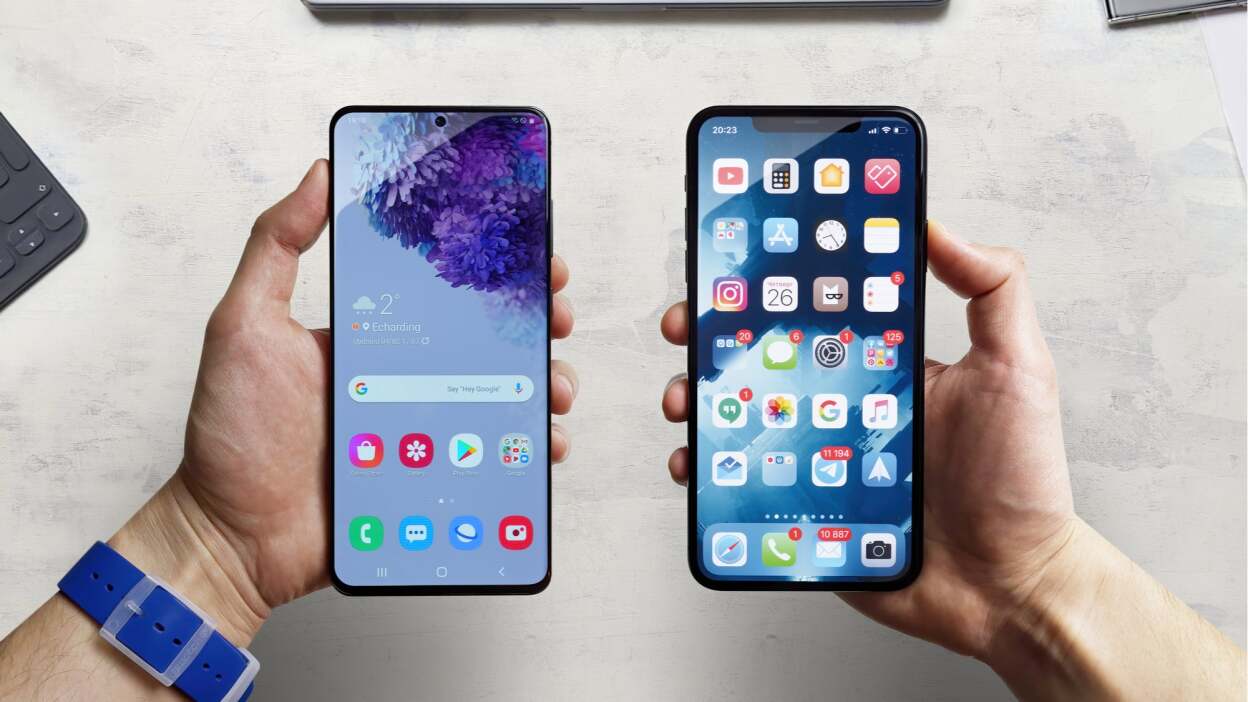
Introduction
Accessing Android messages on a Mac can be challenging due to differing operating systems. However, several methods and tools can help bridge this gap. This guide explores techniques to manage text conversations across both platforms seamlessly.
Why Access Android Messages on Mac?
Accessing Android messages on a Mac offers several benefits:
- Productivity: Manage text conversations on a larger screen, enhancing efficiency.
- Convenience: A larger keyboard and screen make texting more efficient.
- Integration: Syncing messages keeps all communication in one place, reducing device switching.
Method 1: Using Google Messages
Google Messages allows you to view and chat with Android messages on your MacBook. Follow these steps to set it up:
Step-by-Step Guide to Using Google Messages
-
Download and Install Google Messages:
- Open Google Play Store on your Android device.
- Search for "Google Messages" and download the app.
- Install and open the app.
-
Enable Sending and Receiving Messages:
- Ensure sending and receiving messages are enabled in the app.
-
Open Google Messages Web Version:
- On your Mac, open a web browser.
- Navigate to the official Google Messages webpage.
-
Scan the QR Code:
- Tap the three vertical dots on your phone's screen.
- Select "Messages for Web."
- Scan the QR code displayed on your Mac screen using your phone’s camera.
-
Establish Connection:
- A connection will be established, syncing all messages to your Mac.
- Use your Mac to send or reply to messages seamlessly.
Troubleshooting Tips
If messages are not appearing on your Mac, try these steps:
- Check Internet Connection: Ensure both devices are connected to the internet.
- Update Google Messages App: Make sure the app is updated on your Android device.
- Reconnect to Messages for Web: Re-scan the QR code.
- Clear Cache and Data: Clear the cache and data of the Google Messages app.
- Disable Battery Optimization: Disable battery optimization for Google Messages.
- Disable VPN or Proxy: Turn off any VPN or proxy settings.
Method 2: Using Pushbullet
Pushbullet syncs notifications, including text messages, between Android devices and Macs. Here’s how to use it:
Step-by-Step Guide to Using Pushbullet
-
Install Pushbullet:
- Install Pushbullet from Google Play Store on your Android device.
- Download and install Pushbullet from the Pushbullet website on your Mac.
-
Sign In to Pushbullet:
- Sign in on both devices using your Google account.
-
Enable Notification Mirroring:
- Enable “Notification Mirroring” in the Pushbullet app settings on your Android device.
-
Run Pushbullet Desktop Client:
- Ensure the desktop client is running and connected on your Mac.
-
Receive Notifications:
- Receive notifications for incoming text messages on your Mac, which you can click to view.
Method 3: Using SyncMate Expert
SyncMate Expert is a professional data transfer tool for syncing data from Android devices to Macs. Here’s how to use it:
Step-by-Step Guide to Using SyncMate Expert
-
Download and Install SyncMate Expert:
- Download and install SyncMate Expert from its official website.
-
Connect Your Devices:
- Connect your Android device to your Mac using a USB cable or Wi-Fi.
-
Select Data Types:
- Select the types of data to sync, such as contacts, music, videos, photos, calendar entries, and messages.
-
Start Syncing:
- Start the syncing process and wait for the data to appear on your Mac.
Method 4: Using Airtext
Airtext helps you stay in contact with your contacts while on air and view or respond to Android messages on your Mac. Here’s how to use it:
Step-by-Step Guide to Using Airtext
-
Download and Install Airtext:
- Download and install Airtext from its official website.
-
Connect Your Devices:
- Connect your Android device to your Mac using a USB cable or Wi-Fi.
-
Configure Settings:
- Configure settings in Airtext to allow data transfer between devices.
-
Start Transferring Data:
- Start transferring data, such as text messages, emails, or phone calls.
Method 5: Using DroidKit
DroidKit is data migration software for exchanging data between Android and Mac systems. Here’s how to use it:
Step-by-Step Guide to Using DroidKit
-
Download and Install DroidKit:
- Download and install DroidKit from its official website.
-
Launch DroidKit:
- Launch DroidKit on your computer.
-
Choose Data Manager Function:
- Select the Data Manager function in DroidKit.
-
Connect Your Android Phone:
- Connect your Android phone to your computer using a USB cable or Wi-Fi.
-
Export Content:
- Tap on the Export Content option.
- Choose Messages as the type of content to export.
-
Preview and Transfer Messages:
- DroidKit will scan all messages on your phone. Preview and choose the messages to transfer.
- Click on the To PC button to transfer selected messages to your Mac.
Accessing Android messages on a Mac can be achieved through various methods and tools. Google Messages, Pushbullet, SyncMate Expert, Airtext, and DroidKit are some of the tools that can help bridge the gap between your Android device and your Mac. Each method has its own set of steps and considerations, but they all aim to enhance your productivity and convenience by allowing you to manage your text conversations seamlessly across different devices.
By following these guides, you can ensure that you are using the most efficient and user-friendly method for accessing your Android messages on your Mac. Whether you prefer the simplicity of Google Messages or the versatility of DroidKit, there is a solution tailored to your needs.
